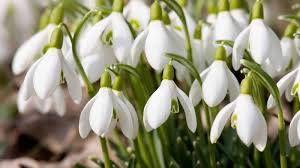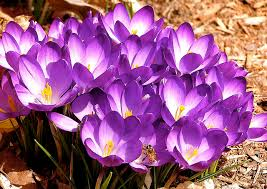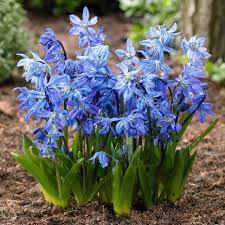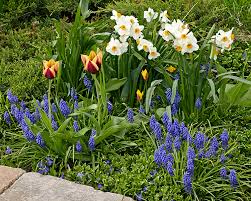As the last garlic cloves settle into the soil, my mind drifts toward spring-blooming bulbs. These early risers are essential in permaculture gardens, where the idea is to cultivate plants that serve multiple functions. Early-blooming bulbs, such as crocus and scilla, are not only a visual delight, but they provide vital nutrition for bees during the early days of spring, when few flowers are in bloom. These humble bulbs are easy to grow across various climates, offering both a boost to pollinators and a nutritious start to the first honey bee brood of the season. In fact, a study from Turkey found that early-blooming bulbs provide essential pollen for bees before fruit trees and berries bloom, making them an invaluable resource for these pollinators.
Additionally, these bulbs thrive along garden edges—areas where trees and shrubs meet open spaces like lawns. Permaculture practitioners often use these edges to grow beneficial plants such as comfrey or berries. Because many early-blooming bulbs thrive before deciduous trees leaf out, they are perfect for areas that receive winter sun and summer shade.

2. Winter Aconites (Eranthis species)
Winter aconites are another favorite among early-season bees. These small, yellow, buttercup-like flowers bloom late in winter, offering an abundance of pollen. They grow best in woodsy settings with humus-rich, neutral to slightly alkaline soil. While they are toxic to people and pets, winter aconites’ ability to naturalize over time makes them a great choice for permaculture gardens. Just be sure to soak their shriveled rhizomes in water before planting.
3. Crocuses
Crocuses are famous for attracting bees with their protein-rich pollen. These flowers bloom in early spring, typically from noon until mid-afternoon, offering a reliable food source for pollinators. While large-flowered Dutch crocus varieties are tasty treats for squirrels, smaller crocus varieties, like C. tommasinianus (often called “tommies”), are less likely to be disturbed. Crocuses are inexpensive and easy to grow, making them a perfect addition to naturalized areas like lawns or driveways.

4. Scilla (Scilla siberica)
Dainty blue scilla, often called squill, adds a splash of color to early spring landscapes. These bulbs thrive in areas similar to those favored by crocuses—edges of lawns or wooded areas. The blue pollen produced by scilla contrasts beautifully with the yellow and orange hues often seen in other spring flowers. Though scilla seeds can spread prolifically, when placed carefully, a drift of scilla will create a stunning display that nourishes both pollinators and human admirers.

Though not all of these bulbs are edible, and some are even poisonous, their beauty and importance to pollinators make them invaluable additions to permaculture gardens. By integrating these early bloomers into your landscape, you’ll be supporting bees and creating a harmonious environment that serves both nature and the gardener.
